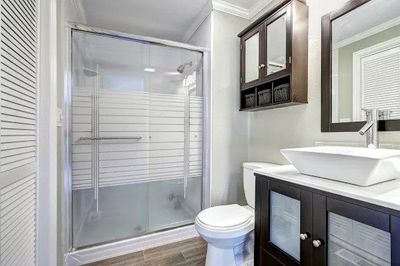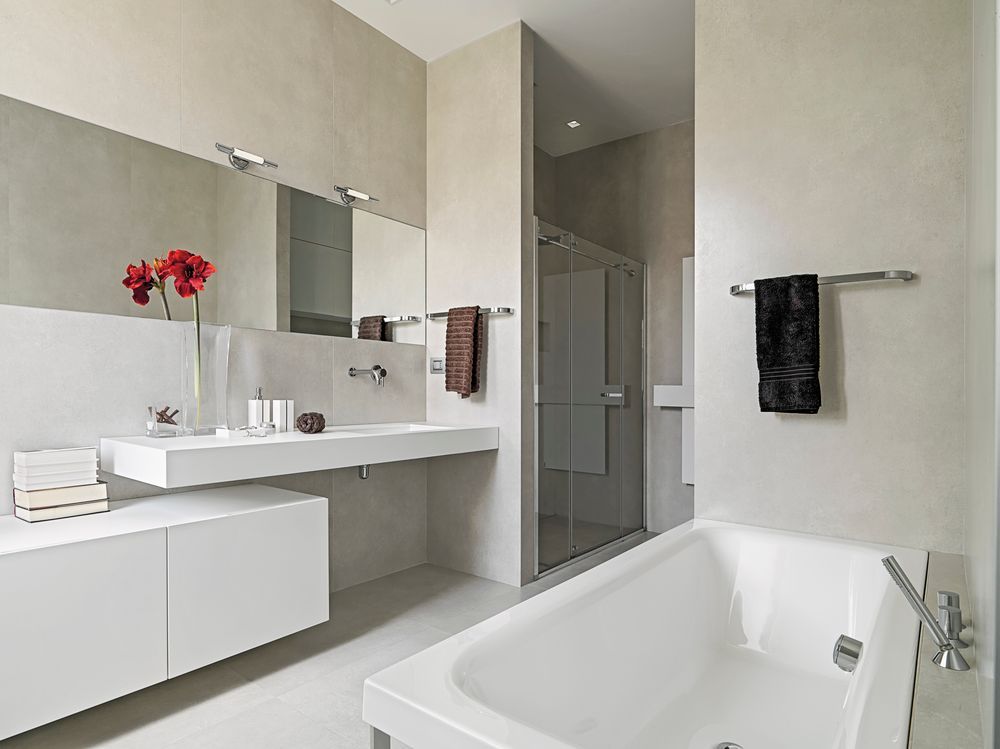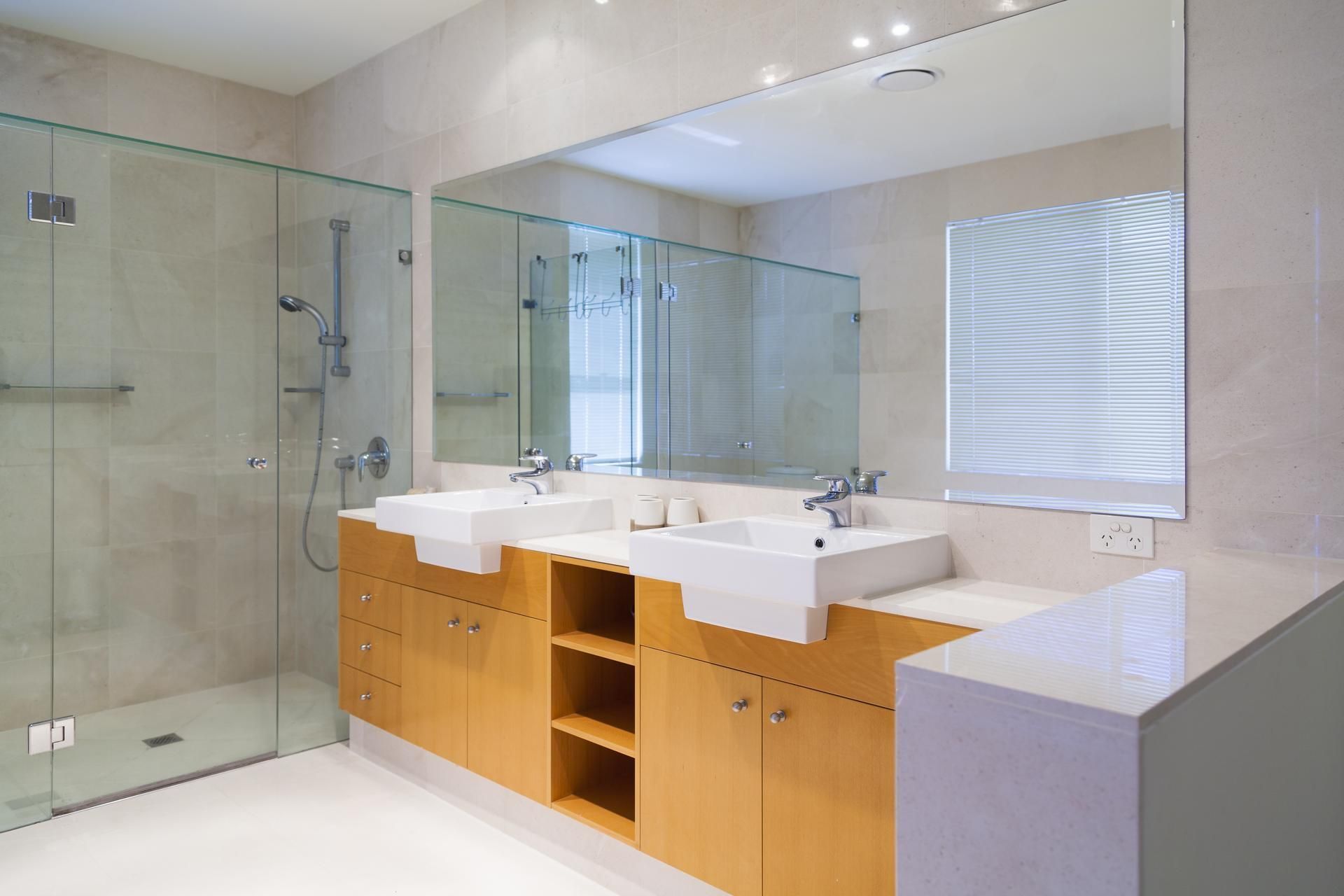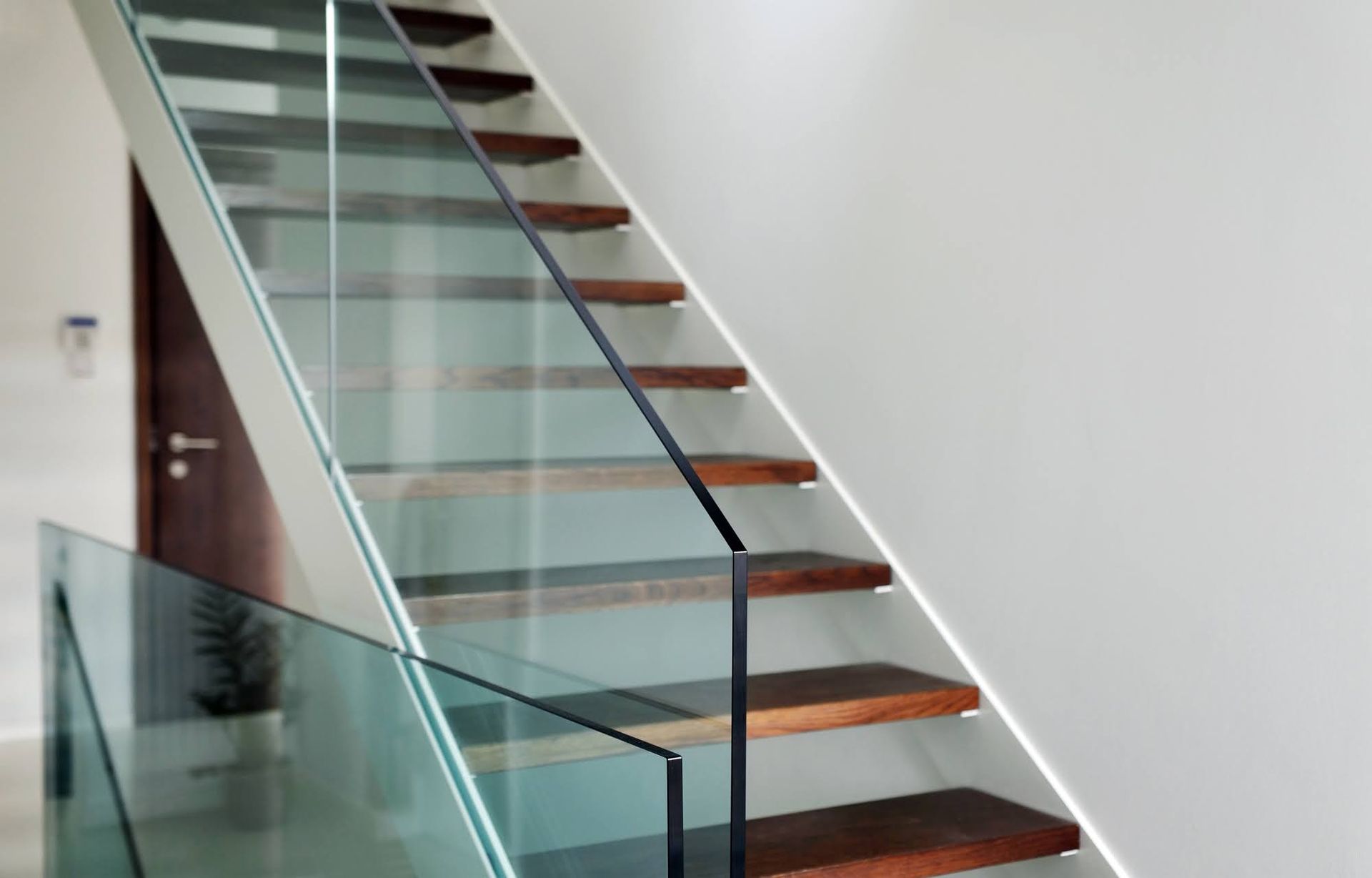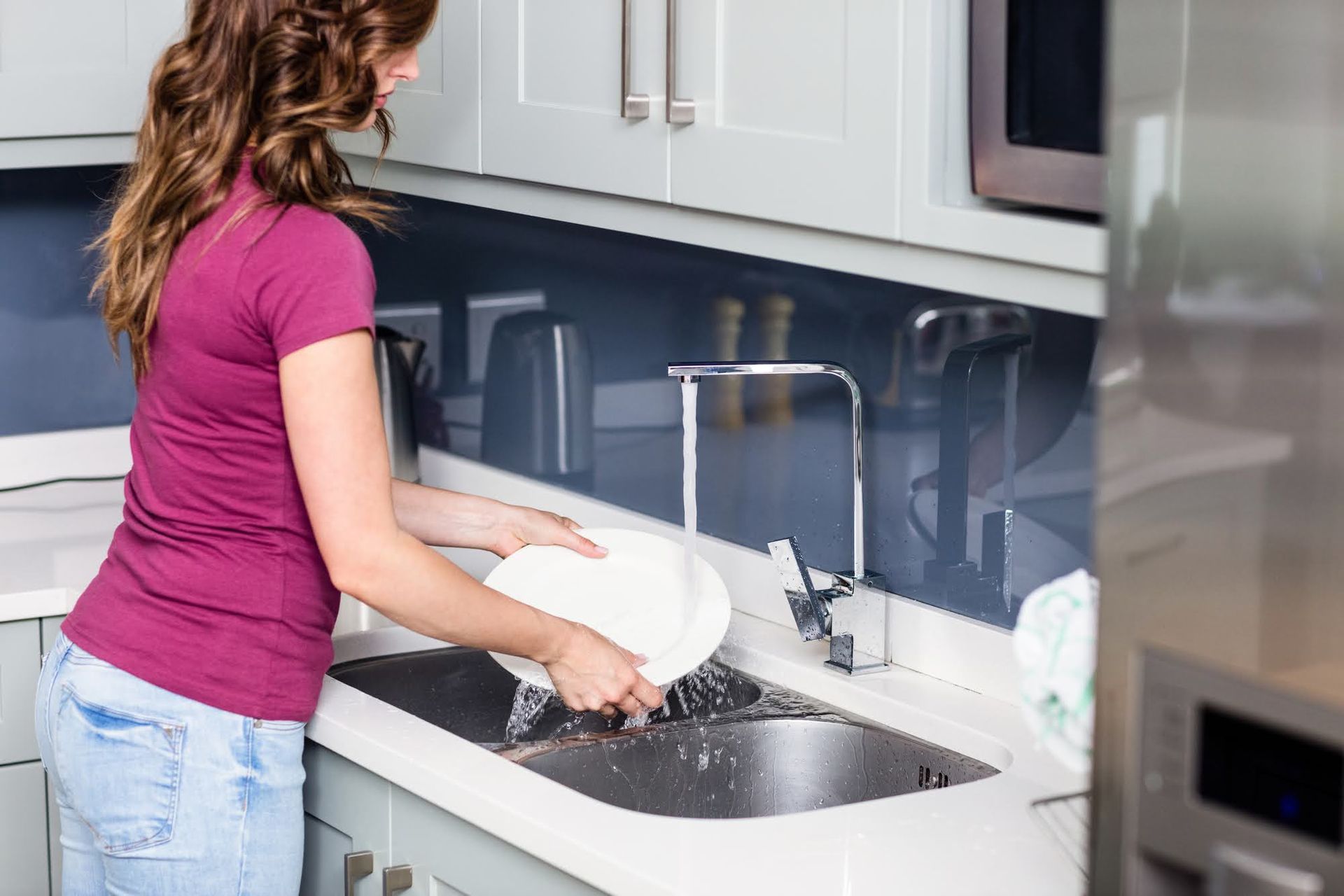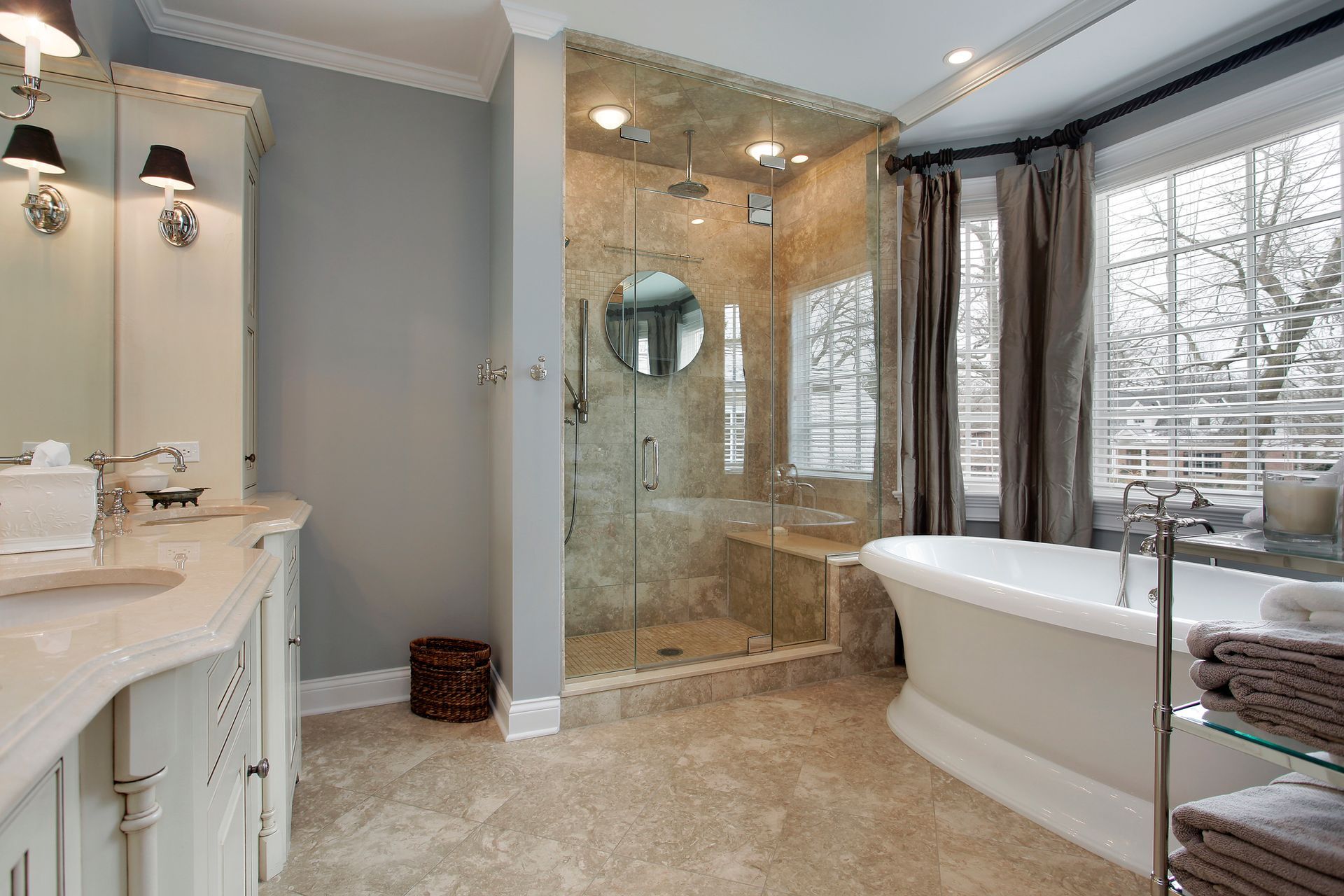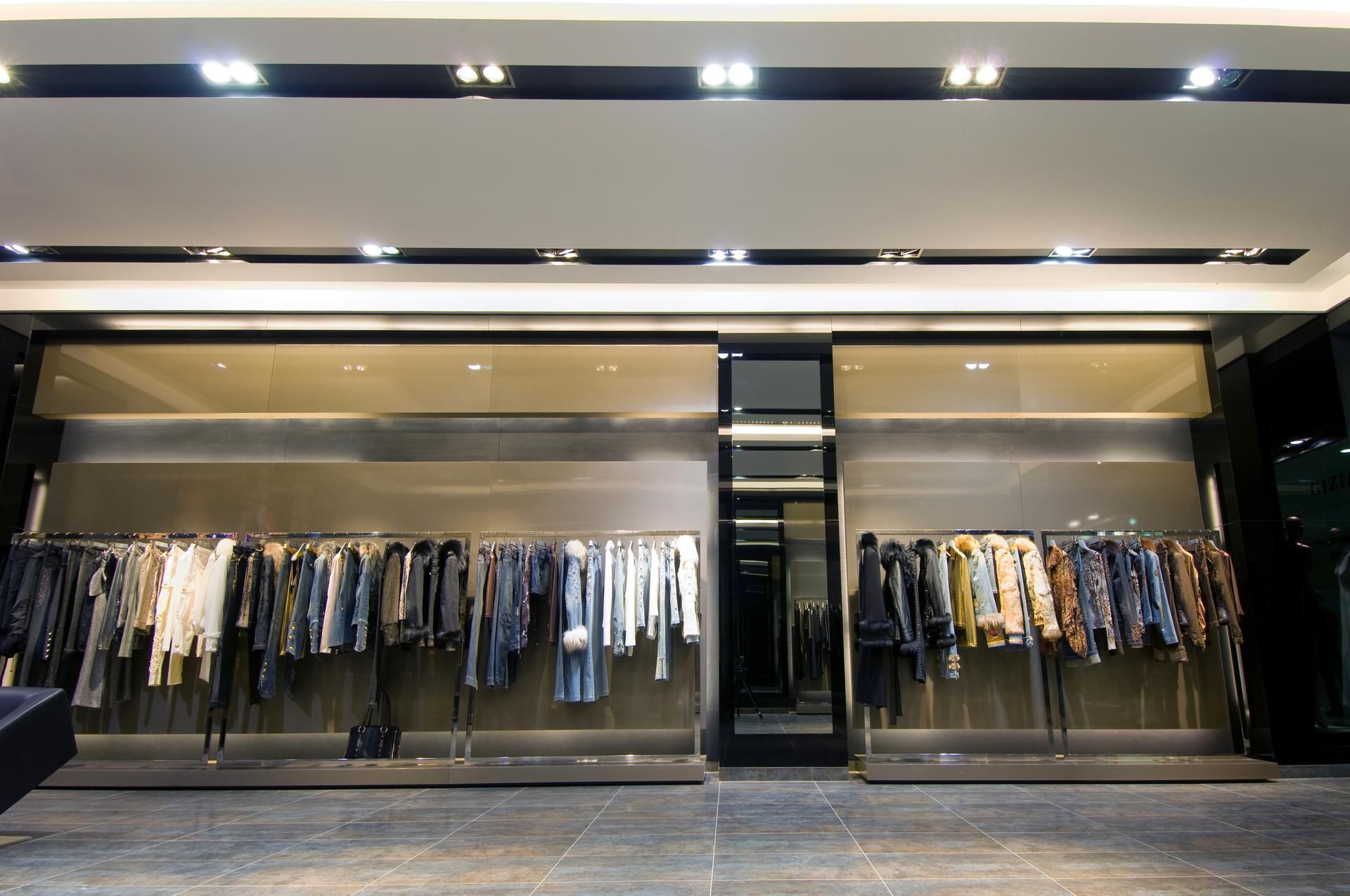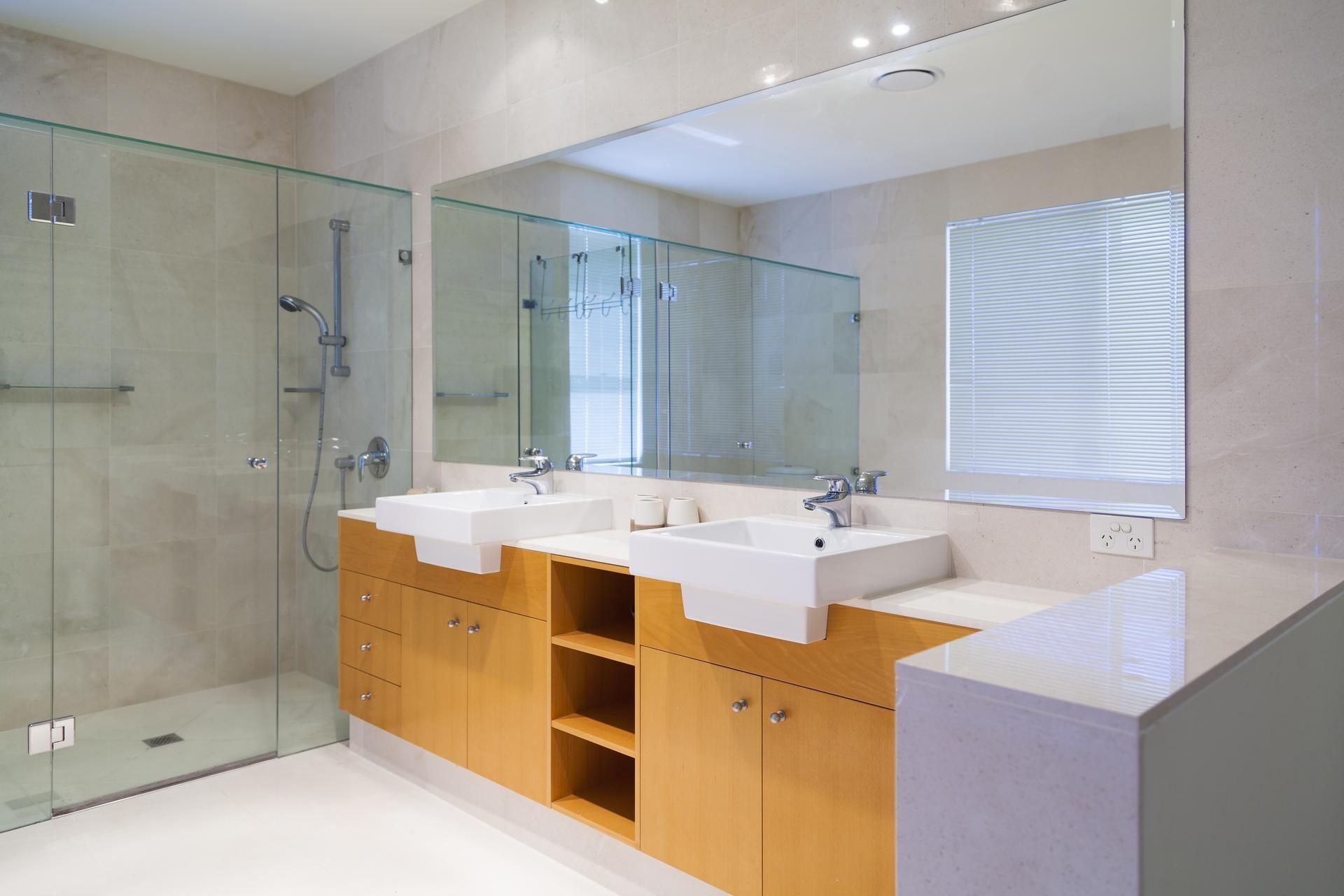5 REASONS TO INSTALL A FRAMED SHOWER SCREEN
If you’ve decided to install a new shower screen, then you have to decide whether to go with a frame or not. Framed screens sit inside a structure that holds them in place along your walls and ceiling while frameless options use hinges and brackets for support.
While some people like a frameless look around their shower, others prefer a more conventional enclosure. What are the benefits of choosing a framed shower screen?
1. Create a more traditional look
Frameless shower screens typically make a bathroom look more modern. These screens have a clean and minimalist design. The fact that they don’t use a frame makes them lightweight and sleek.
While this works well in a modern bathroom, it’s not necessarily the look you want. Far from blending in, a frameless screen may stick out like a sore thumb in a more traditional bathroom.
For example, if you’ve gone for a Victorian style with a clawfoot tub and ornate fittings, then a frameless shower screen may not create the effect you want. A more traditional framed option is a better design match.
2. Get a more watertight solution
Frameless shower screens are all about the glass. While this clean look is appealing, it does have its downsides. It can be hard to make these screens sit flushly enough to be fully watertight. They have gaps and don’t have the insulation that you’ll get in a framed screen.
For example, you’ll have to do without tracks, seals and caulking to keep water in the shower. A framed screen has insulation fixtures like these to help it fit tightly within its frame, which makes it more watertight.
3. Benefit from better insulation
The gaps in frameless shower screens don’t just let water out of the shower. They are also conduits for heat and air.
For example, if you have a cold bathroom, then the gaps in a frameless screen let cold air get to you in the shower. And they let the heat of the water seep out of the enclosure. This doesn’t always make for a warm and toasty showering experience.
The superior insulation properties of a framed screen make a difference here. The screen keeps the cold out and the heat in.
4. Get a more stable screen
While frameless shower screens are made to be strong, their glass panels do just hang on hinges and brackets. All being well, these fixings can hold the screen in place. However, if they come loose or break, then the screen may lose its stability.
A framed screen sits tightly in its own structure. The frame spreads the weight of the glass and holds it all firmly in place. The steadier the glass is, the safer the screen will be.
5. Reduce your costs
Frameless shower screens typically cost more than framed alternatives. For a start, their glass needs to be thicker because they don’t have the support of a frame.
Also, you may find that it takes more work to install a frameless screen. Your installer will have to take time to attach all the necessary fixings in exactly the right place to minimise gaps and leaks. The fixings themselves need to be of a high enough quality to hold the glass safely.
Plus, in some cases, you may need to reinforce your walls to make them strong enough to hold the screen’s brackets. All of these issues boost costs.
Framed screens are cheaper to buy and install. You benefit from cost savings by using thinner glass, and the frames themselves are easy to hang on any surface.
To find out more about framed screens and their benefits or to get general advice about
shower screens, contact South Melbourne Glass.


